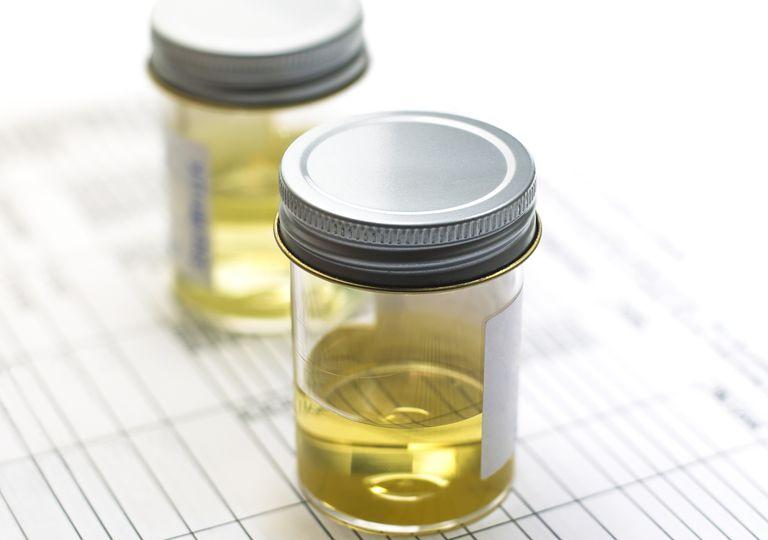Researchers from the University of Manchester have shown that a simple urine test could detect womb cancer which is also known as uterine or endometrial cancer, noting that the method could replace a painful and invasive procedure currently in use.
The findings, published on yahoo.com, says that the major symptom of the disease manifests as abnormal vaginal bleeding and this may prompt a medical practitioner to carry out a physical examination.

It also shows that women who are at risk could later be referred for an internal scan or biopsy, a process which requires a narrow telescope called a hysteroscope, to examine inside of the uterus and remove cells.
According to the research, nearly a third of women who undergo the procedure have the process repeated because of technical difficulties or intolerable pain they go through.
When tested on 103 women with diagnosed womb cancer and 113 with unexplained bleeding, the urine assessment detected the disease 91.7 per cent of the time.
“Our results show womb cancer cells can be detected in urine and vaginal samples using a microscope,” said lead author Professor Emma Crosbie.
“Women who test positive with this test could be referred for diagnostic investigations while women who test negative are safely reassured without the need for unpleasant, invasive, anxiety-provoking and expensive procedures.
“We think our new test could offer a simple, acceptable and easy to administer solution that could be used in primary care as a triage tool for women with suspected womb cancer, he added.”
Around 9,300 new cases of womb cancer arise every year in the UK. The survival rate is relatively good, with nearly three quarters (72 per cent) of patients living at least 10 years post-diagnosis in England and Wales.
In the US, more than 65,000 women are expected to have been diagnosed with womb cancer in 2012.
Under existing diagnostic guidelines, a woman with suspected womb cancer may have a transvaginal ultrasound scan (TVS), which involves placing a probe in the vagina to create a detailed image of the internal uterus. Some find the procedure uncomfortable, however, it should not be painful.
If the TVS detects changes to the womb lining’s thickness, the woman will usually be offered a hysteroscopy.
This is where a thin telescope is inserted into the womb via the vagina to better examine the uterus’ lining.
A sample of womb lining, a biopsy, is usually taken during the hysteroscopy.
Believing a new detection tool could be added to the existing regimen, the Manchester scientists tested their at-home urine collection method on more than 200 women, with and without diagnosed womb cancer.
Results, published in the journal Nature Communications, suggest the assessment identified the proportion of women with womb cancer 91.7 per cent of the time.
It also picked out women who did not have the disease in 88.9 per cent of cases.
“New strategies to facilitate early diagnosis of womb cancer are urgently needed to enable curative hysterectomy for women who present with biologically aggressive disease,” said Professor Crosbie.
“Though postmenopausal bleeding is a recognizable symptom, only 5 per cent to 10 per cent of women with it have sinister underlying pathology; so this test, if adopted, will put these patients’ minds at rest.”
Examining the samples under a microscope is reportedly already part of the NHS’ expertise.
Assessing urine samples would also be relatively inexpensive and quick, as well as potentially providing a woman with a diagnosis there and then.
The professor said while their data looks very promising, there is a need for them to confirm them in a larger diagnostic accuracy study of women with unexplained postmenstrual bleeding undergoing routine diagnostic investigations.












buying prescription drugs from canada meds without a doctor prescription
generic tadalafil 40 mg: http://tadalafilonline20.com/ buy tadalafil
In the event you are able to achieve agreement by means of your partner on your own financial position then our advice is which you simply enforce yourarrangement from earning
https://free-divorce-advice.com/colorado/how-do-i-change-my-name-on-codm/
Good quality and cheap, trustworthy!